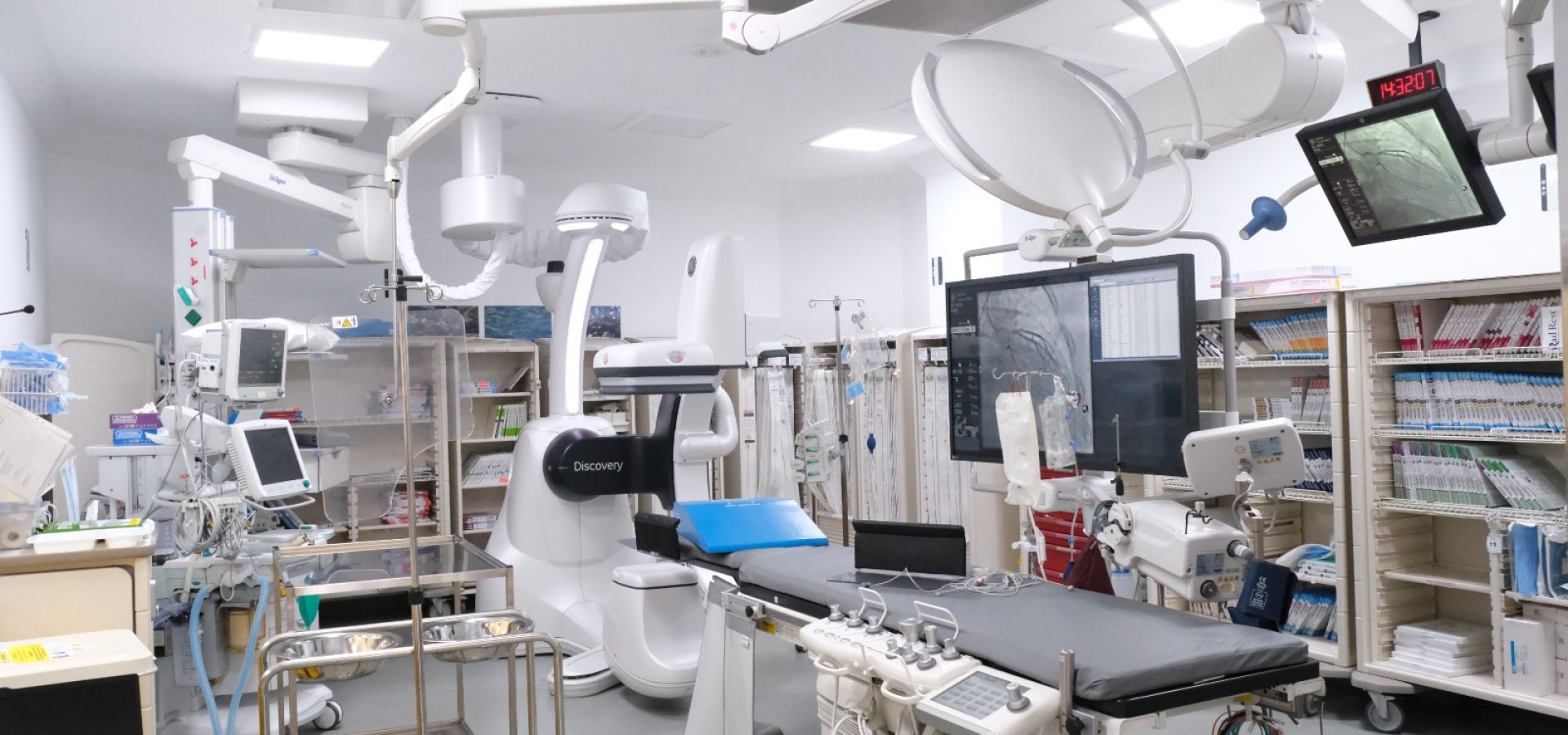
Overview
An aortic aneurysm is a serious condition characterized by an abnormal bulge or ballooning in the aorta, the body’s largest artery. This condition weakens the artery wall and can lead to life-threatening complications such as dissection or rupture.
Types
- Abdominal Aortic Aneurysm (AAA): Occurs in the aorta below the diaphragm, typically in the abdomen.
- Thoracic Aortic Aneurysm (TAA): Occurs in the aorta above the diaphragm, in the chest. TAAs are generally more dangerous due to their proximity to vital organs.
The primary cause of aortic aneurysms is atherosclerosis, which involves plaque buildup in the artery walls, narrowing and weakening them, leading to the Coronary Artery Disease. Several risk factors increase the likelihood of developing an aortic aneurysm:
- Age: Risk increases, particularly after age 55.
- Gender: Men are more susceptible than women.
- Family History: A genetic predisposition can increase the risk, especially if close relatives have had aneurysms.
- Smoking: A major risk factor that weakens the aorta’s walls.
- High Blood Pressure: Increases stress on the aorta.
- High Cholesterol: Contributes to plaque buildup in the arteries.
Symptoms
Small aortic aneurysms often have no symptoms and may be discovered during imaging tests for other conditions. As they grow, they can cause discomfort or pain. Symptoms vary based on the aneurysm’s location. They can include:
- Abdominal pain or tenderness
- A pulsating mass near the navel.
- Back pain
Thoracic Aortic Aneurysm (TAA) Symptoms:
- Sharp or severe chest pain.
- Coughing
- Difficulty breathing
- Hoarseness
- Difficulty swallowing
Aortic aneurysms are diagnosed using imaging tests such as ultrasound, CT scans, or MRI, which help determine the size, location, and severity of the aneurysm.
Treatments
Management depends on the aneurysm’s size, growth rate, location, and the patient’s overall health. Small aneurysms can often be managed through regular imaging tests and lifestyle changes to control underlying risk factors like high blood pressure and cholesterol. Whereas large aneurysms may necessitate surgical treatment to lessen the risks or rupture.
There are two main types of surgery:
- Endovascular Aneurysm Repair (EVAR): A minimally invasive procedure using a stent graft inserted through the femoral artery to reinforce the weakened section of the aorta.
- Open Surgical Repair: A more invasive procedure where the damaged section of the aorta is replaced with a synthetic graft.
The choice between EVAR and open surgery depends on the aneurysm’s specifics and the patient’s health.
While complete prevention of aortic aneurysms isn’t possible, certain measures can reduce the risk:
- Quit Smoking: Significantly lowers the risk of aneurysm development or progression.
- Control Blood Pressure: Reduces stress on the aorta.
- Manage Cholesterol Levels: Helps prevent atherosclerosis.
- Adopt a Healthy Lifestyle: A diet rich in fruits, vegetables, whole grains, and regular exercise supports cardiovascular health.
- Regular Screenings: High-risk individuals should undergo regular check-ups and imaging tests like CT angiography for early detection.
Early detection and appropriate management of aortic aneurysms are crucial in preventing severe complications. If you have risk factors or concerns about aortic aneurysms, consult with your healthcare provider for regular monitoring and advice on reducing your risk.
